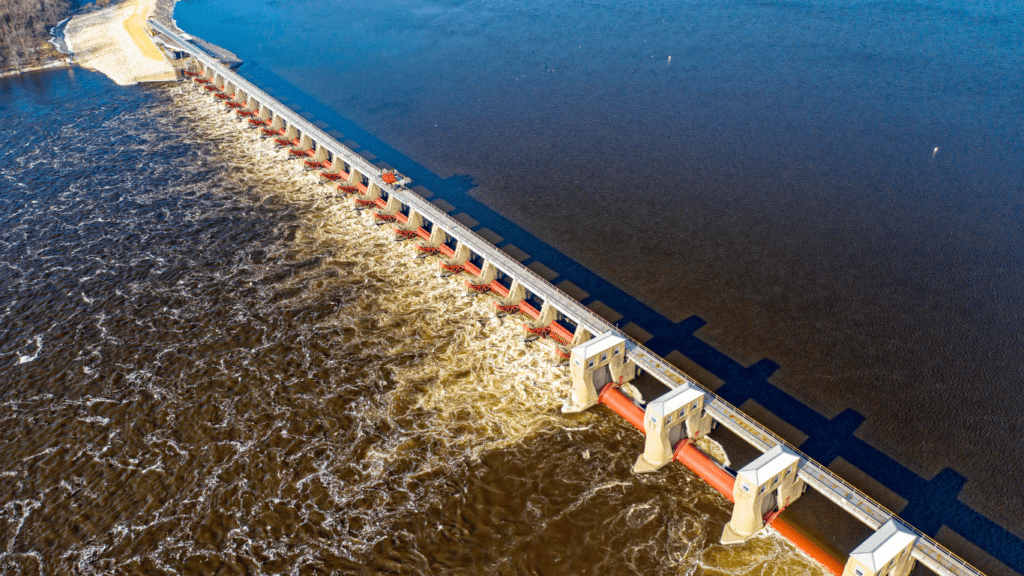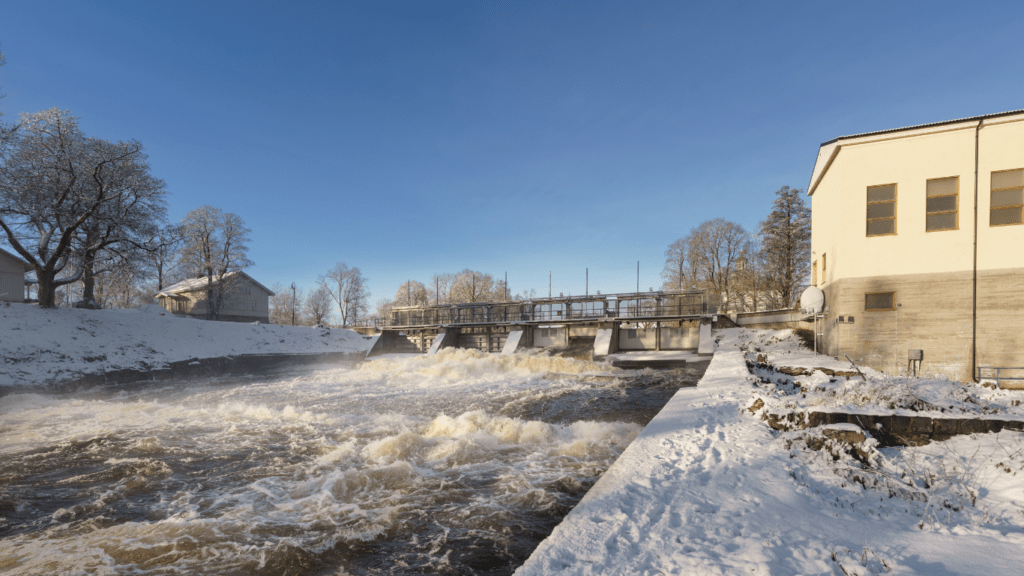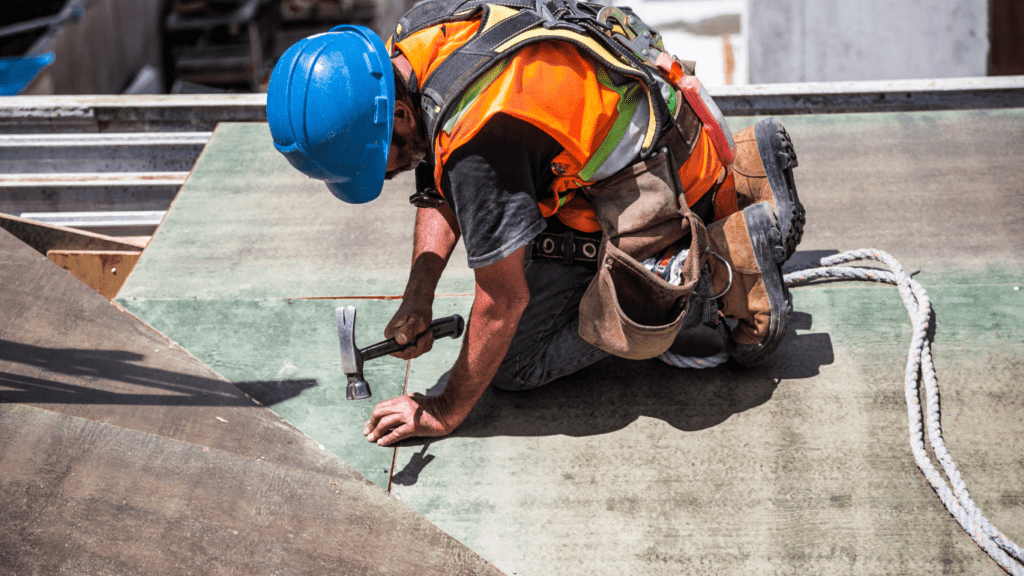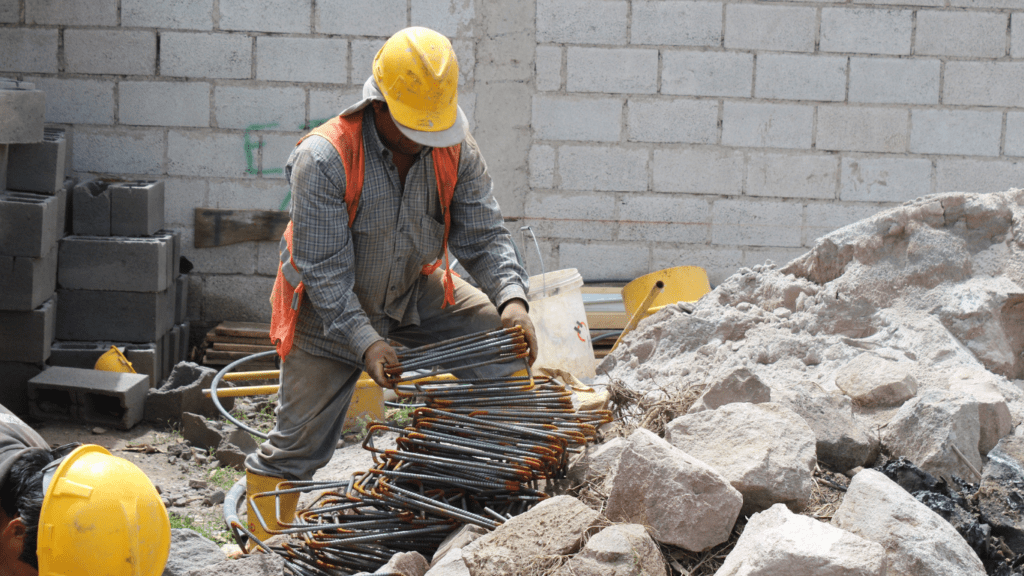Embarking on the journey to design a net-zero energy home is not just about creating a living space; it’s a commitment to sustainability and energy efficiency. As I delve into the realm of designing homes that produce as much energy as they consume, I’m constantly amazed by the innovative solutions and technologies available.
From solar panels to advanced insulation techniques, every aspect plays a crucial role in achieving the goal of a net-zero energy home. In my exploration of this topic, I’ve discovered that designing a net-zero energy home requires a holistic approach that considers not only the architectural design but also the energy systems and materials used.
It’s about striking a balance between functionality, aesthetics, and environmental impact. Join me as I unravel the principles and practices behind creating homes that are not just energy-efficient but also environmentally friendly.
Key Considerations in Designing a Net-Zero Energy Home
Exploring the essential aspects when designing a net-zero energy home is crucial to ensure its efficiency and sustainability. Incorporating these key considerations can significantly impact the overall success of the project. Let’s delve into the fundamental factors that play a vital role in designing a net-zero energy home:
- Energy-Efficient Design: Implementing energy-efficient design principles is paramount in achieving a net-zero energy home. This involves optimizing the orientation of the house, maximizing natural light, and ensuring proper insulation to minimize energy consumption.
- High-Performance Insulation: Selecting high-performance insulation materials is essential to reduce heat loss and gain, resulting in a more energy-efficient home. Utilizing advanced insulation techniques can help maintain a consistent indoor temperature and lessen the reliance on heating and cooling systems.
- Efficient Energy Systems: Integrating efficient energy systems, such as solar panels, geothermal heating, and smart energy management technologies, is critical in generating and managing energy sustainably. These systems enable the home to produce its energy and minimize dependence on the grid.
- Sustainable Materials: Choosing sustainable materials with low embodied energy and environmental impact is key to designing a net-zero energy home. Opting for eco-friendly materials, such as recycled wood, bamboo flooring, or energy-efficient windows, can enhance the overall sustainability of the construction.
- Passive Solar Design: Incorporating passive solar design techniques, such as strategically placing windows for solar heat gain and utilizing thermal mass, can help reduce the need for active heating and cooling systems. This approach maximizes natural resources to maintain a comfortable indoor environment.
- Energy Monitoring and Control: Implementing energy monitoring and control systems allows homeowners to track their energy usage in real-time and make adjustments to optimize efficiency. Smart home technology can help regulate energy consumption and enhance overall energy management.
By considering these key factors in the design process, homeowners can create a net-zero energy home that not only reduces its environmental footprint but also offers a sustainable and energy-efficient living space.
Energy-Efficient Building Envelope
When designing a net-zero energy home, ensuring an energy-efficient building envelope is crucial. Let’s delve into key aspects that contribute to maximizing energy efficiency.
Insulation and Air Sealing
Insulation and air sealing are fundamental components of an energy-efficient building envelope. Proper insulation, such as spray foam or cellulose insulation, helps in maintaining a consistent internal temperature, reducing the need for excessive heating or cooling. Additionally, air sealing prevents air leakage, minimizing energy waste and ensuring optimal efficiency.
High-performance Windows
High-performance windows play a significant role in the energy efficiency of a net-zero energy home. Opt for windows with low U-values and high solar heat gain coefficients to reduce heat loss in winter and heat gain in summer. Double or triple-pane windows with inert gas fills provide enhanced insulation, contributing to overall energy savings.
Renewable Energy Systems Integration
Continuing the journey of designing a net-zero energy home involves integrating renewable energy systems strategically. One of the core elements of achieving net-zero energy consumption is the effective incorporation of renewable energy sources. These systems not only reduce reliance on traditional energy grids but also contribute significantly to sustainable living practices.
- Solar Photovoltaic (PV) Systems: Implementing solar PV systems is a fundamental step in creating a net-zero energy home. Solar panels capture sunlight and convert it into electricity, providing a clean and renewable energy source. By harnessing solar power, homeowners can generate electricity to power their home while also having the potential to feed excess energy back into the grid.
- Wind Turbines: Incorporating wind turbines on the property can further enhance the renewable energy capacity of a net-zero energy home. Wind power is a reliable source of clean energy that can supplement electricity generation, especially in areas with consistent wind patterns. By utilizing wind turbines, homeowners can harvest wind energy to offset their energy consumption.
- Geothermal Heat Pumps: Integrating geothermal heat pumps offers a sustainable solution for heating and cooling needs in a net-zero energy home. These systems utilize the stable underground temperature to efficiently heat and cool the home, reducing the reliance on traditional heating and cooling methods. Geothermal heat pumps are highly efficient and environmentally friendly, contributing to overall energy savings.
- Micro-Hydro Power Systems: For properties with access to flowing water sources such as rivers or streams, micro-hydro power systems can be a viable renewable energy option. These systems harness the kinetic energy of water flow to generate electricity, making them a sustainable choice for powering a net-zero energy home. Micro-hydro power systems provide a consistent energy supply, especially in areas with reliable water flow.
Integrating a combination of renewable energy systems tailored to the property’s unique characteristics is key to achieving net-zero energy goals. By optimizing the use of solar, wind, geothermal, and hydro power, homeowners can create a sustainable and self-sufficient energy ecosystem that aligns with the principles of net-zero energy living.
Sustainable Heating and Cooling Solutions
In this section, I’ll delve into sustainable heating and cooling solutions that play a vital role in designing a net-zero energy home. Achieving energy efficiency in climate control systems is essential for minimizing energy consumption and enhancing the overall sustainability of a dwelling.
Geothermal Heat Pumps
One of the key sustainable heating and cooling solutions for net-zero homes is the integration of geothermal heat pumps. These systems harness the stable underground temperature to provide efficient heating in winter and cooling in summer.
By leveraging the Earth’s constant temperature, geothermal heat pumps offer a renewable and environmentally friendly alternative to traditional HVAC systems.
Passive Solar Design
Implementing passive solar design techniques is another sustainable approach to heating and cooling in net-zero energy homes. By strategically positioning windows, thermal mass, and shading elements, homeowners can maximize natural light and heat gain in winter while minimizing heat absorption in summer.
This passive strategy reduces the reliance on mechanical heating and cooling systems, leading to energy savings and improved comfort.
Radiant Floor Heating
Radiant floor heating is a sustainable heating solution that ensures even distribution of warmth throughout the living space. This system operates by circulating warm water through pipes installed beneath the floor, eliminating the need for ductwork and reducing heat loss.
Radiant floor heating enhances thermal comfort, decreases energy consumption, and aligns with the principles of energy efficiency in net-zero homes.
Energy Recovery Ventilation
Energy recovery ventilation (ERV) systems are instrumental in maintaining indoor air quality while conserving energy in net-zero energy homes. ERVs facilitate the exchange of stale indoor air with fresh outdoor air, recovering heat or coolness in the process.
By recovering energy from the ventilation process, ERVs help reduce the load on heating and cooling systems, promoting energy efficiency and sustainable living.
Smart Thermostats
Integrating smart thermostats into the heating and cooling systems of net-zero energy homes enhances efficiency and control over energy usage. Smart thermostats enable personalized temperature settings, adaptive learning algorithms, and remote access through mobile devices.
By optimizing heating and cooling schedules based on occupancy and preferences, smart thermostats contribute to energy savings and environmental sustainability in residential buildings.




